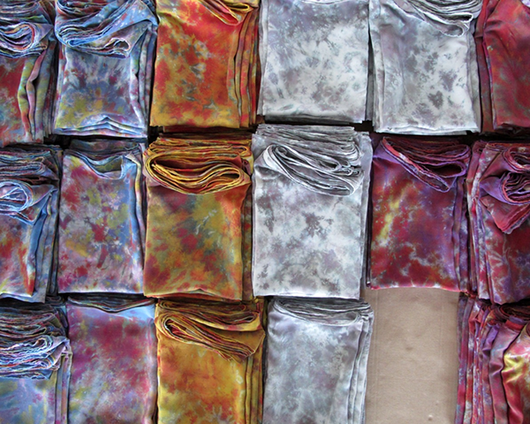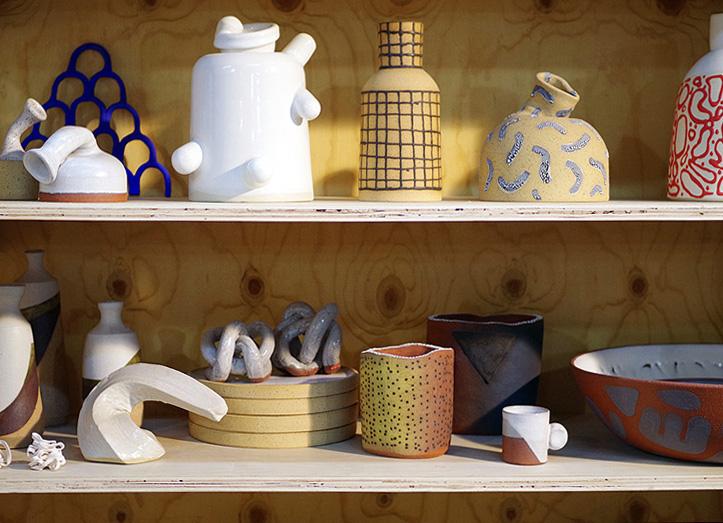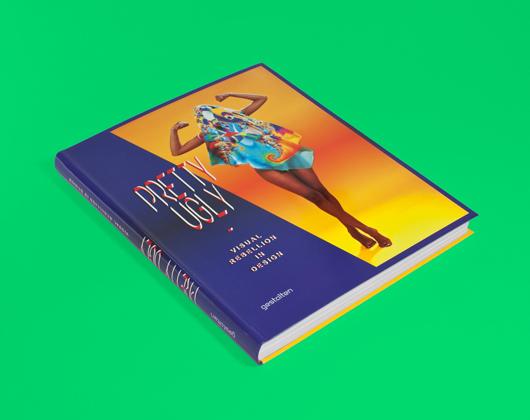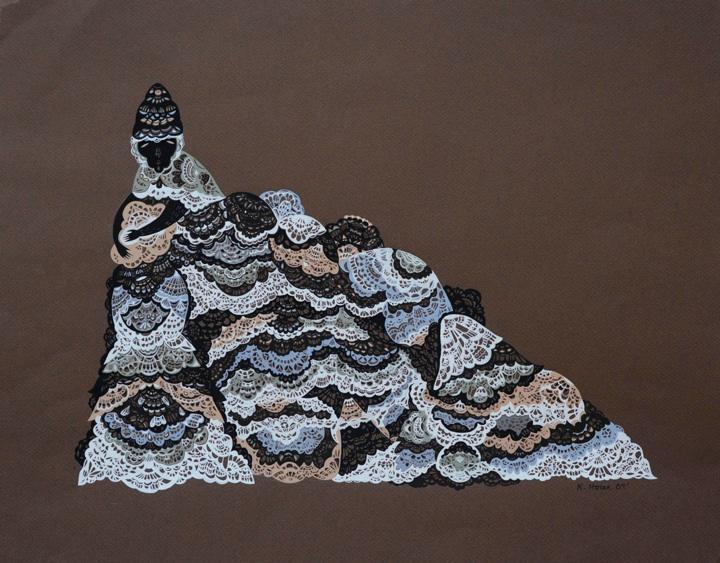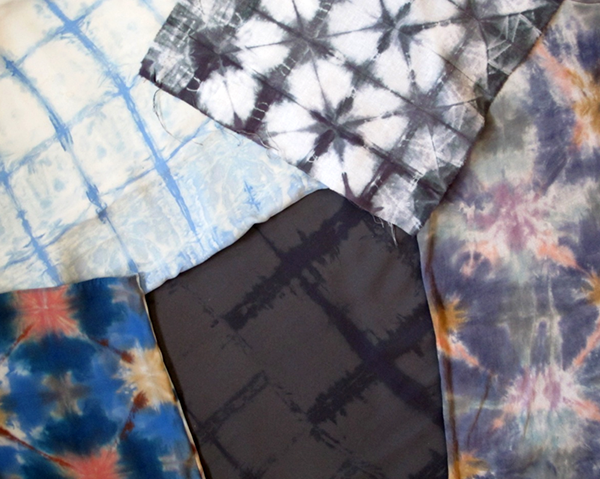
10.08.13
Sighted
Q+A With Shabd on Martha Stewart Living
When we interviewed Brooklyn artist and fashion designer Shabd for our Paper View book a year and a half ago, it was all about the fine art practice she sidelined in order to start her tie-dyed clothing and accessories business. But with this post, everything comes full circle — now that Shabd has a book out of her own, filled with tutorials on her dyeing techniques, we’re finally taking the chance to hear more about what she actually does on a daily basis, by way of an interview recently posted on the Martha Stewart Living blog. As you may recall from our original story, Shabd learned to tie-dye somewhat by accident, after attending a garden party where it was one of the featured activities, and then, according to the interview, which we’ve excerpted parts of below, “spent a year playing around and developing new techniques to create dye patterns that were more grown-up and modern, beyond what I had seen before.” You can learn to master them as well by buying her book, “Tie-Dye: Dye it, wear it, share it
,” but meanwhile, check out the Q+A below that delves deeper into Shabd’s tie-dye DIY methods and inspirations.
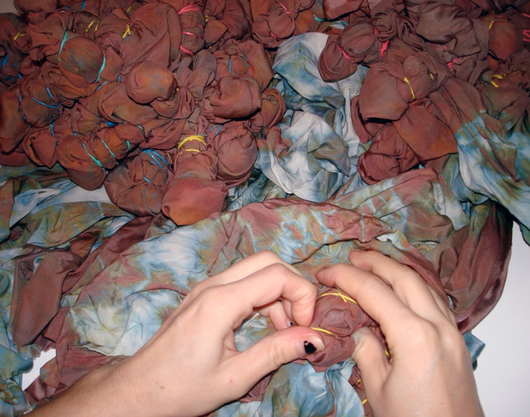 Interview by Rebecca Misner
Interview by Rebecca Misner
Are people surprised to see what you call “tie-dye”?
People often have an image in their head of what they think tie-dye is, but in reality it’s just a method/artistic medium open to personal interpretation, like painting, sewing, singing; it is the individual artistic and design choices that make it what it is. The technique has been around for over 2,000 years and is known all over the world by different names: shibori in Japan, bandhani or leheria in India, plangi or tritik in Indonesia, adire in Nigeria, amarra in Peru, zha ran in China. Most of these terms translate literally to something close to “tie and dye.” I understand people’s misconceptions — I myself wasn’t attracted to most of the stuff we traditionally think of as “tie-dye” — but I love the process of making it. It is really joyful, and so I set out to create fabrics that I love with this timeless technique, and that’s how I developed my fashion label. I also love teaching tie-dye and hand-dyeing in workshops; one of the best parts is that while using the same exact technique, 10 people will get 10 completely different results based on their own tastes. You can see in my book that there is really a broad spectrum of design possibilities using tie-dye as the starting point.
Do you have a favorite technique? Material to work with?
It really depends on what I’m going for, but some of my favorite techniques are the scrunch-dyeing, which gives really stunning results for how easy it is, and the shibori/itajime fold-and-clamp technique, which has a great geometric nature that pairs so well with the organic quality of tie-dye. Itajime is always one of the favorite techniques among my students as well, so I now teach a class focused just on that technique. I love working with silk—the colors sometimes come out as a surprise, since I use dyes made for cotton — but the quality is so rich and stunning that it’s worth it (anyway, I love surprises!).
What would you say makes your tie-dyed pieces special or different?
I have developed special dyeing methods over the past few years, rooted in an historical tradition but never bound to the past. I bring inspiration into my work from all over: modern art, architectural structures, and natural elements, to name a few. In hand-dyeing, and especially in working with silks, results are often unexpected, and many of my favorite designs were the result of happy accidents. I love the combination of design, chance, and chaos in hand-dyeing. For each collection I will make up to 200 test swatches in order to choose five final fabrics. The process is the perfect combination of scientific experimentation and artistic improvisation. The first results are usually beautiful, and really would be wonderful and wearable by anyone’s standards, but the following tests and tweaks are what push the designs over the top.
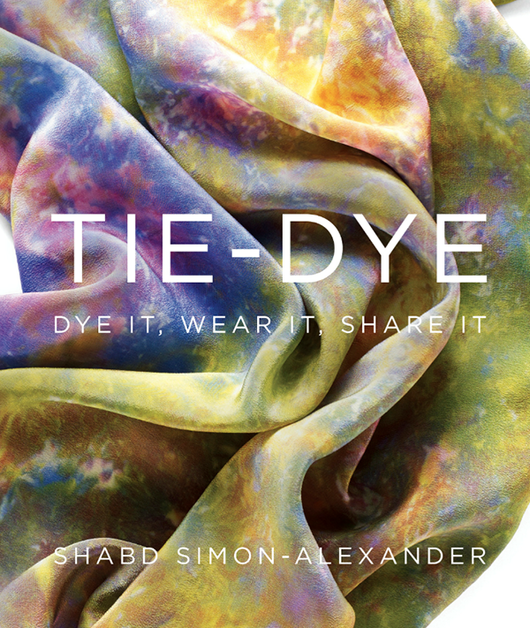
Tell us about your book — what’s the scope?
This is really going to be the first contemporary book all about tie-dye and hand-dyeing, and covers everything about it, from the rich history to the technical and practical. It covers a wide spectrum of tie-dye and hand-dyeing techniques, including shibori, ombré, and hand-painting, as well as a variety of traditional and cutting-edge tying techniques. It includes 22 step-by-step projects in the innovative styles that make my own collection so popular. They include women’s, men’s, and children’s clothing, and home décor and accessories. It’s also packed with my design secrets, color guidance, and expert tips on making each piece your own.
What inspired you to write it?
Ever since I started my line, one of the things people responded to the most was the fact that I was creating these fabrics by hand, and the idea that they could possibly do it themselves. I began teaching workshops from time to time, and they were always packed and students were responsive and excited. I even have students who have driven or flown in to NYC from all over the country to take my weekend intensive classes! I’ve been getting emails from people all over the world asking if I would be teaching near where they live (the answer was usually no, unfortunately), if I knew any books they could read (there weren’t any great ones out there), if I could share information (so I’m doing that, with the book!).
For those of us new to hand-dyeing, where should we start (an easier technique or material)? Can your book help us out?
Tie-dye is really easy to jump into, and virtually impossible to do wrong. That said, there is so much you can learn to better your craft, and make it your own style. There’s a lot of information in the book that will help you become a more advanced dyer, but you can also skip all of that and go straight to the projects section and still get great results. In the book, I include projects ranging from beginner to advanced, as well as a handful of projects that are quick and easy – some of these are the most stunning in the book, you would never imagine how simple they are to make! It’s also important to see the book as inspirational – although the instructions are provided to create the exact pieces I show in the book, it’s also meant to be a jumping off point. People should feel free to use the same techniques on a different garment, change up the fabrics, or choose their own colors. Beyond that, the possibilities are endless!
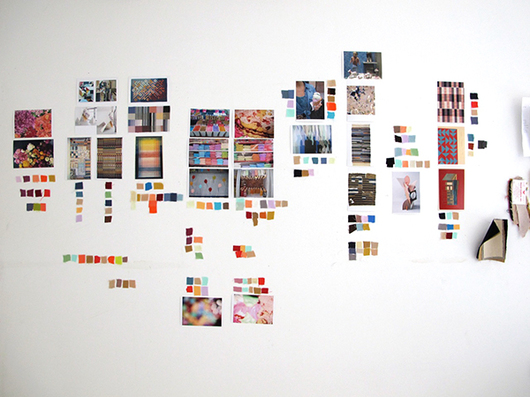
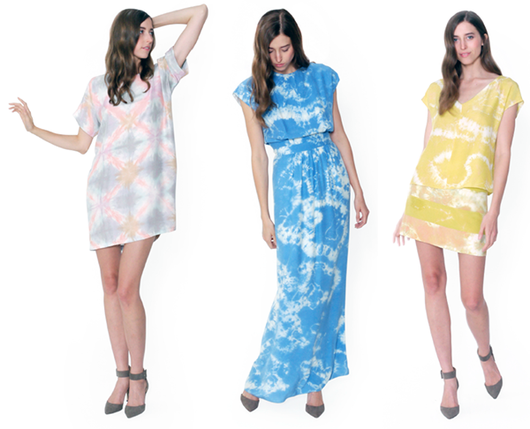
How is your studio set up? Any work rituals you follow—music playing, work on certain days, work at certain times…?
I work pretty regular days, but if I’m on a dyeing kick I may work into the night (it helps that my apartment is next door to my studio). There’s always music playing; I usually make a mix tape of the music we’re listening to while working on a collection and send it out with orders. It’s nice to revisit these mixes later on — brings me right back. I also like to cook lunch for everyone in the studio when I have the time, especially when CSA season starts and I’m getting tons of fresh beautiful veggies straight from the farm.
What do you find fulfilling about making/creating?
I’ve always loved getting my hands dirty and love to make all sorts of things. I think it’s easy to imagine that everything made in factories is made by machines, but most things are still put together and created by people these days, from sneakers to cars. I also love the historical connection you feel when crafting, imagining people throughout the ages doing the same thing. And the best part is taking that technique and bringing it into your own time, infusing it with your own aesthetic and artistic ideas.
What inspires you?
I get inspired by everything — texture and color, strange objects, food and plants, architecture, modern art. I love leaving the city for inspiration, going to the countryside or the beach, traveling to new places, old textiles and folk costumes and crafts. I love anthropology museums, craft museums, and modern-art museums.
This interview continues at length on the Martha Stewart Living blog. Click here to read the rest of it, with more photos of Shabd’s work and process. You can also click here to buy a copy of Shabd’s tie-dyeing book.
